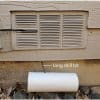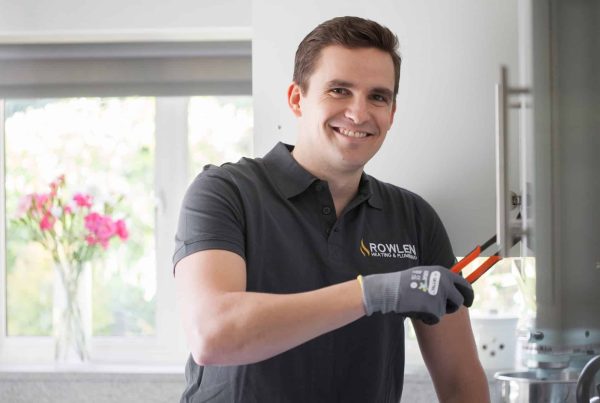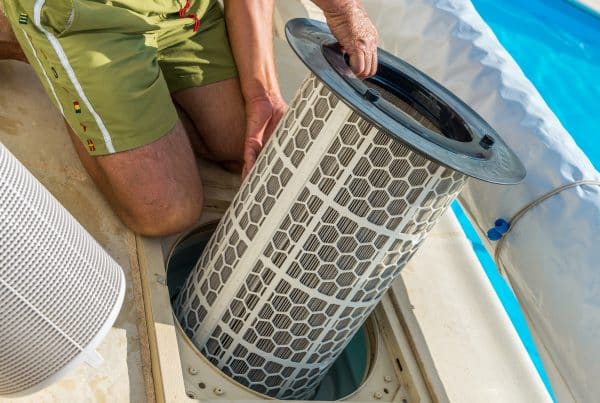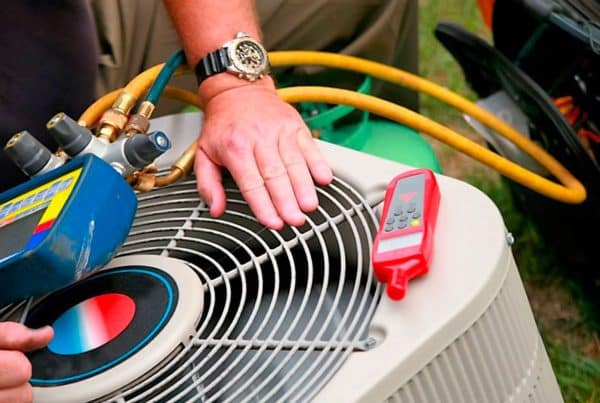Construction projects are highly dangerous, mainly due to workers using heavy machinery and performing physically demanding tasks. The rate of fatal accidents has increased over the last five years in the UK by almost 10%. Accidents are prevalent in property renovation, which usually involves the ripping out of walls and floors, fitting of plumbing structures and adding of window frames and units.
It’s vital that you understand how to promote safety procedures and ensure that all personnel on the site remain protected. To avoid dangers and mitigate risk, we’ve provided some of our top tips to make sure you correctly safeguard your team.
Provide protective equipment
All workers on the site must be provided with some protective gear that reflects the nature of the work. Property renovation will most likely involve working from height, exposure to dust or asbestos, and the collapse of structures.
Each employee should therefore be equipped with their own protection, which needs to be professionally fitted to ensure it functions as intended. Protective equipment may include hard hats, masks, goggles, slip-resistant boots and a robust pair of work gloves.
It would also be wise to supply backup protective equipment at each site in case an employee forgets to bring or misplaces their gear or if any items become damaged whilst working. This way you’re always prepared and ensure workers are constantly supplied with the equipment they need.
Facilitate constant communication
It can’t be stressed enough how valuable communication is while on-site. There are typically many individuals all carrying out a different task at any given moment, meaning they need to be aware of each other. This communication can allow workers to give one another the space needed to perform their tasks safely and refrain from venturing into areas that could lead to potential hazards.
To encourage communication on your site, you could hold a meeting before the start of each day. Allocate workers to their own area, so they are aware of what activities will take place and where.
Asking workers to shout simple commands during each shift can be highly effective at reducing risk. Create a set list of phrases and commands to use on the job and make sure that you fully brief your team, especially any new contractors to the site.
Keep the worksite clean
You should promote cleanliness, asking workers to clean up their work areas once finished. This includes tidying up equipment and ensuring it is stored away safely. If tools are left unattended, it may lead to an accident for the next person who arrives on the site.
It also improves efficiency for the next person using the equipment, allowing them to continue from where the task was left.
Creating a process for keeping workspaces clear is important so that all employees get into a routine. This may include having specific storage areas for tools and a security code to make sure only those who should be able to access it can do.
You could also allocate a specific cleaning task to each employee so that you’re certain all requirements are completed after each shift. All surfaces should be fully dry after cleaning, including floors and machinery. Debris and rubbish should be disposed of correctly depending on the materials.








